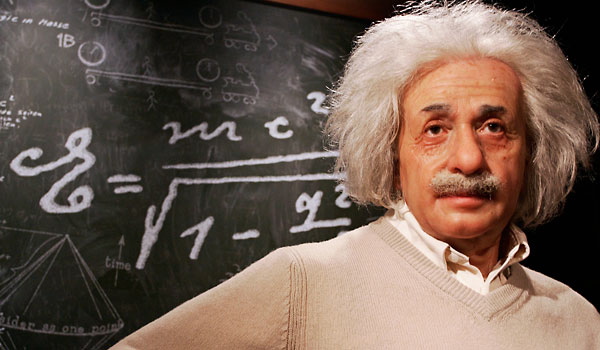Mathematicians in History WebQuest

Introduction
So just how long have mathematics been around? Who developed our number system? What happened
before that? Who created Algebra and why?
These are just some of many questions from the history of mathematics. Your WebQuest will take you in search of 6
mathematicians and their discoveries that have influenced our study of math today.
Task
You will create a timeline that identifies each of the 6 mathematicians you selected,
a specific contribution he
or she made to mathematics, and the date of the contribution or event.
Your timeline will consist of an accurate number line depicting the events/contributions; a text box with the name of
each mathematician and a one or
two sentence description of his/her contribution, including the date of the contribution;
and an image of either the mathematician or the contribution.
A bibliography will need to accompany your timeline citing the sources of your information and images.
Process
-
Use the Internet to identify 6 mathematicians. Determine a significant contribution by each one and the YEAR
of that contribution (not the year of the person's birth or death; must be an event in one specific year).
- The earliest date must not be before 800 BCE (Before the Common Era).
- You must include at least two events with BCE dates.
These are some resources you can use, but you may use anything you can find.
The Greatest Mathematicians of All Time
Chronological List of Mathematicians
Famous Mathematicians
- For each mathematician and his/her contribution, use a Word document to record the information:
- Mathematician's Name
- A single, complete sentence describing the contribution you identified.
- The year of the contribution
- The source of your information (website URL) to use in a bibliography.
For information on what information you need for a bibliography, you can refer to:
Purdue Online Writing Lab Reference List: Electronic Resources.
- Locate a image of each mathematician OR a image related to each mathematical event that you can copy and save either in your Word document or as
a file on your computer. Be sure to also save the bibliography information for each photo if it is not from
the site you used for your other information (and is already saved for your bibliography.
One of the best sources of images is Google Images Search
- Sketch your timeline with eight intervals on paper. You must calculate the appropriate size of the intervals based
on your earliest date and most recent date. At least one event must occur in the first interval and at least one event must
occur in the last interval. Note that you will not have event dates in all of the intervals. Also, your interval dates are usually
not your event dates. Label each of the 9 markers that divide your line into 8 intervals with a specific year.
You can view examples of time lines at these sites:
Events in the Life of Benjamin Franklin
Life of Cassius Coolidge
Math Timeline
Note: do NOT use the items from this example in your timeline!
- Use your computer (Microsoft Publisher or equivalent software) to create your timeline (to be printed on 8.5" x 11" paper).
You must include the following information.
All information must be legible when printed. You are free to use whatever fonts, type sizes, colors, etc. you would like to enhance
your timeline.
- Number line needs arrows on both ends and equal interval spacing.
- Each interval marker needs to have the appropriate date above or below it.
- Each event is to be explained in a textbox that includes the mathematician's name, the year of the event, and a single, complete
sentence describing the event.
- An appropriate illustration is to accompany each caption (textbox).
- An arrow must be drawn from each caption (textbox) to the proper place on the timeline.
- Your name must be typed on the timeline.
- The timeline needs an appropriate title included on the page.
- Be careful of spelling, capitalization, and punctutation.
- Create a typed bibliography on a separate sheet of paper. The bibliography needs a title and your name on it. The bibliography
must include the source of each caption and each illustration in proper form.
Evaluation
| Objectives |
Possible Points |
Earned Points |
| Accuracy of Timeline |
15 |
|
| Visual Appeal of Timeline |
5 |
|
| Readability of Information Presented on Timeline |
5 |
|
| Bibliography Content and Format |
5 |
|
| Spelling, Capitalization, Punctuation |
5 |
|
| Following Directions |
15 |
|
TOTALS |
50 |
|
Conclusion
Congratulations! You've learned a little bit about mathematics in history and created a visual product that
can be used to easily present what you've learned. You've also had the opportunity to reinforce and expand your computer skills.
Job well done!
Based on a template from WebQuest.org
